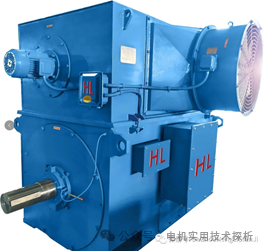Motor installation and commissioning and precautions
Motor installation is critical to ensure long-term stable operation of the motor. Improper installation may lead to reduced motor performance, shortened life, and even cause failures and accidents.

Motor installation steps
1. Check the motor and equipment: Before installation, check whether the specifications of the motor and connected equipment match, including voltage, frequency, power, etc.
2. Prepare the installation environment: Make sure the installation environment is clean, dust-free, and has enough space for operation.
3. Fix the motor: Use appropriate methods and tools to fix the motor in the intended position, ensuring that the motor is stable and aligned.
4. Connect power and load: Connect the power lines and load correctly according to the wiring diagram of the motor and equipment. Make sure all electrical connections are firm and safe.
5. Check alignment: If the motor is connected to other mechanical components, such as a pump or fan, make sure the alignment between them is accurate.
6. Install protective devices: Install protective covers or other safety devices as needed to protect the motor and operators.
Steps for motor commissioning
1. No-load test: Start the motor without load and check whether it runs smoothly without abnormal sound or vibration.
2. Load test: gradually increase the load and check whether the performance and temperature rise of the motor meet the specification requirements.
3. Adjustment and optimization: Based on the test results, adjust the motor's operating parameters, such as voltage, current or frequency, to achieve optimal performance.
4. Record debugging data: record all data during the debugging process, including the operating parameters and performance indicators of the motor.
5. Final Check: After commissioning is complete, perform a final check to ensure that the motor is installed correctly and all components are functioning properly.

Precautions
During installation and commissioning, follow the manufacturer's instruction manual and safety procedures.
Use the correct tools and equipment to avoid damage to the motor.
During the debugging process, closely monitor the operating status of the motor to detect and solve problems in a timely manner.



























 XINDA
XINDA